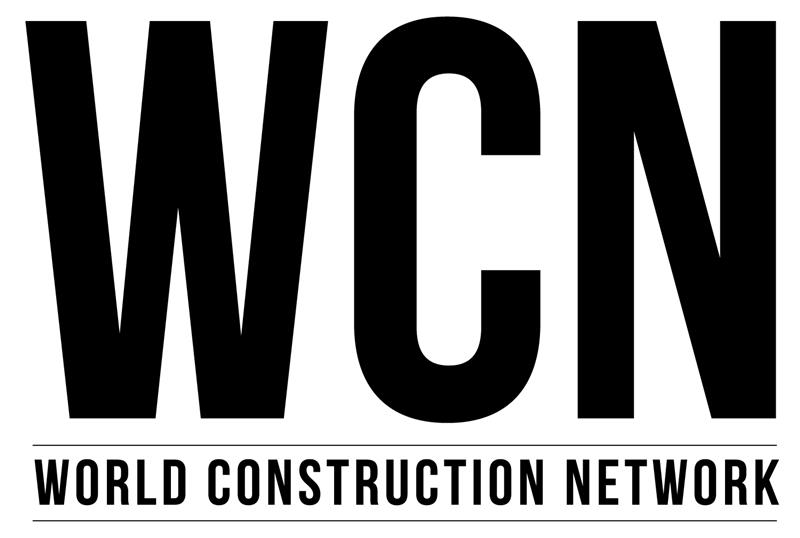The leader of the Australian Labor Party (Labor), Anthony Albanese, was sworn in as Australia’s 31st Prime Minister on the 23rd of May 2022, ending nine years of Liberal-National coalition government. The Labor Party remains on track to secure a majority government, having secured 75 of the 76 seats required, with three seats yet to declare. While a new Labor federal budget is not expected until October of this year, the election promises made during Labor’s campaign will provide significant opportunities for the Australian construction industry during their tenure.
Measures to tackle climate change played a prominent role in Labor’s election campaign. Central to Labor’s climate strategy is its ‘Powering Australia Plan’ that outlines a number of measures to reduce Australia’s carbon emissions to 43% below 2025 levels, and increase the share of renewable energy in the National Electricity Market to 82% by 2030. To achieve these targets, a total of A$76 billion ($56.9 billion) of investments will be required, of which A$24 billion ($18 billion) will be public investment. Significant investments as part of Powering Australia include the A$20 billion ($15 billion) Rewiring the Nation policy, which aims to accelerate the construction of high-voltage infrastructure, allowing Australia’s electricity grid to accommodate the significant planned increase in large-scale renewable energy. Additional investments include A$3 billion ($2.2 billion) to support renewables manufacturing and the deployment of low-emissions technologies, A$100 million ($74.9 million) for 85 solar banks, and A$200 million ($149.7 million) for the installation of 400 community batteries.
The Labor government’s investment in transport infrastructure has yet to be fully outlined, but it is expected to maintain much of the significant investment seen in the sector in recent years. Labor has committed to providing A$500 million ($374.4 million) to begin corridor acquisition, planning, and early works on a fast rail link between Sydney and Newcastle. The proposed rail line will be capable of accommodating speeds of up to, and in excess of, 250 km/h, cutting journey times from 150 minutes to 45 minutes. The line is expected to be the first phase in an eventual high-speed rail line between Sydney and Brisbane. Labor have also promised A$2.2 billion ($1.6 billion) for the $21.4 billion SRL East section of the Suburban Rail Loop project in Melbourne. Through its National Rail Manufacturing Plan, a greater proportion of the rolling stock that will be used on these lines will be manufactured domestically, ensuring that every dollar of funding spent on rail projects will support Australia’s domestic rail industry.
Labor also pledged significant support for the residential sector during their election campaign, including a Help to Buy scheme and a considerable increase in the construction of social and affordable housing. Through the A$10 billion ($7.5 billion) Housing Australia Future Fund (HAFF), Labor will fund the construction of 30,000 new social and affordable housing properties over the next five years. Investment returns from the HAFF will be transferred to the National Housing Finance and Investment Corporation to pay for social and affordable housing projects. These returns will fund the construction of 20,000 social housing properties and 10,000 affordable homes for frontline workers.
The Help to Buy scheme will be open to 10,000 eligible Australians each financial year, and will provide an equity contribution up to a maximum of 40% of the purchase price of a new home, and up to a maximum of 30% of the purchase price of an existing property.
Labor election pledges that may support activity in the mining sector include an A$1 billion ($748.7 million) investment through loans, equity, and guarantees for businesses in resources value-adding and mining science. The Value-adding in Resources Fund will expand mining science technology capabilities and ensure a greater share of the raw materials extracted in Australia are domestically processed. Labor does, however, intend to tighten the existing Safeguard Mechanism, which regulates permitted emissions in designated carbon-intensive industries.

US Tariffs are shifting - will you react or anticipate?
Don’t let policy changes catch you off guard. Stay proactive with real-time data and expert analysis.
By GlobalDataThe government has proposed a gradual lowering of emissions baselines, requiring industries that exceed these baselines to offset through the purchase of carbon credit units. Given the mining sector is responsible for a significant proportion of Australia’s GHG emissions, this may marginally impact construction demand in the sector. PM Albanese has, however, been relatively supportive of the continued development of coal mines and rejected a call to phase out coal use. With Labor likely to secure a majority government, the influence of the more fossil fuel-averse Teal independents and Greens will be lessened, and new mining investments are likely to remain robust.
With the Labor party expected to secure a majority in government, GlobalData continues to hold a positive view on the outlook for the construction industry this year, with investments in infrastructure expected to remain significant and activity in the mining and oil and gas sectors likely to remain unimpeded. GlobalData expects the Australian construction industry to record growth of 4.3% this year, and record an average growth of 2.8% between 2023 and 2026.






